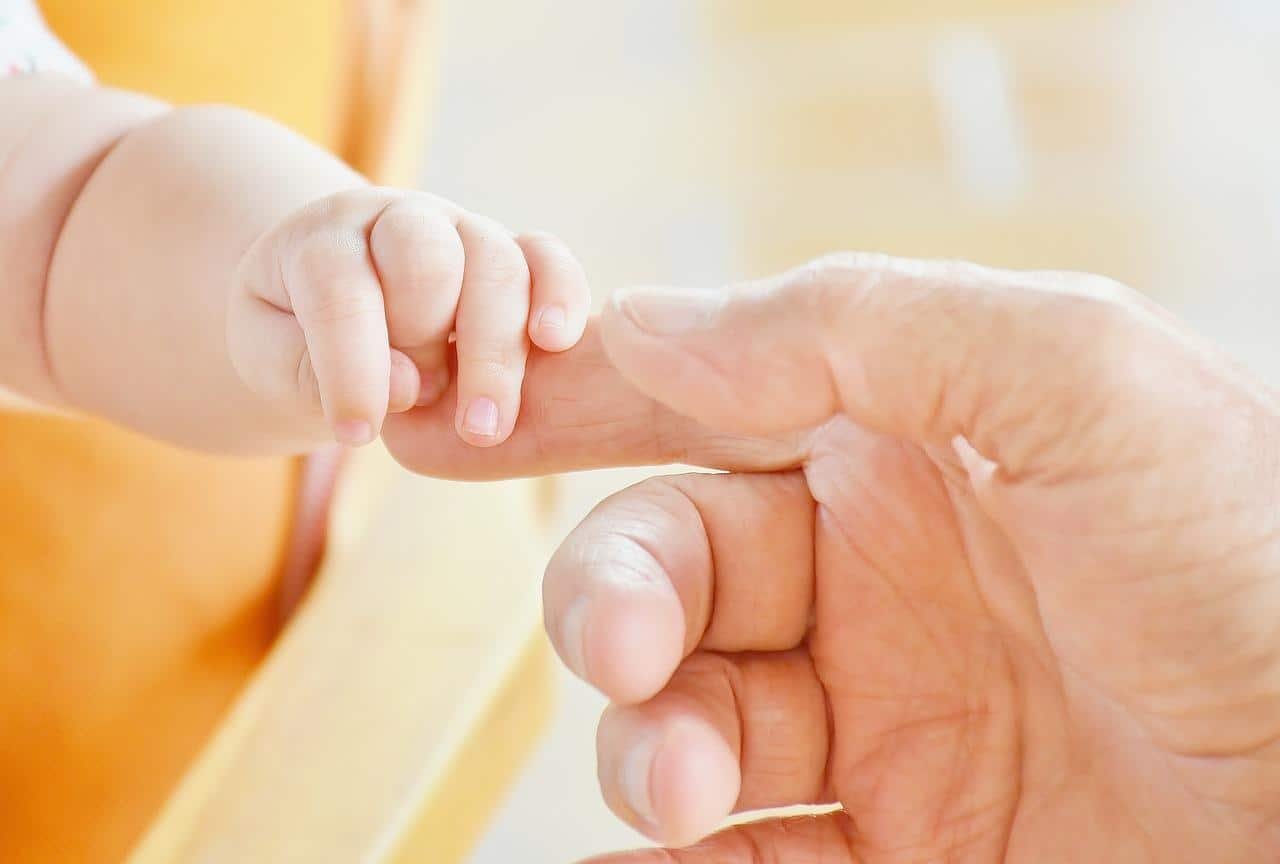How To Care Of Baby Skin?
Baby skin is delicate and requires extra care. It is much thinner than adult skin, making it more sensitive and prone to dryness, irritation, and rashes. Understanding how to care of baby skin properly helps keep it soft, healthy, and protected from external factors.
1. Understanding Baby’s Skin
- Extremely Fragile & Permeable: Baby skin is 5x thinner than adult skin, making it more sensitive to irritants and prone to moisture loss.
- Lower Tolerance: Harsh chemicals, fragrances, and excessive washing can cause irritation.
- Sensitive to Weather: Cold, heat, humidity, and sun exposure can easily affect baby skin.
- Immature Skin Barrier: A baby’s skin barrier is still developing, making it more vulnerable to bacteria, allergens, and irritants.
Common Skin Concerns in Babies
- Diaper Rash: Caused by prolonged exposure to moisture, urine, and stool.
- Dry Skin: Due to lack of natural oils, leading to flakiness and rough patches.
- Eczema (Atopic Dermatitis): Red, itchy patches, often caused by genetics or allergens.
- Cradle Cap: Yellowish, scaly patches on the scalp, common in newborns.
2. Daily Hygiene & Bathing Routine
How Often Should You Bathe Your Baby?
- Newborns (0-3 months): 2-3 times per week is enough.
- Older babies (3+ months): Can bathe daily if needed, but avoid harsh soaps.
- Quick Cleansing Daily: Use a soft, damp washcloth for hands, face, and diaper area.
How to Wash a Baby’s Face & Body
- Face Cleaning: Use warm water or saline solution with a soft cotton pad.
- Body Cleaning: Use a mild, pH-balanced baby wash or cleansing milk. Avoid over-washing as it can strip natural oils.
- Diaper Area: Change frequently, clean with warm water or a baby-friendly cleanser, and apply diaper cream to prevent rashes.
- Avoid Baby Wipes Daily: Unless traveling, as they can be irritating. Choose alcohol-free and fragrance-free options.
Baby Bath Time Tips
- Water Temperature: Keep it warm (37°C/98.6°F).
- Duration: Short baths, 5-10 minutes max.
- Use Gentle Products: Opt for fragrance-free, hypoallergenic cleansers.
- Avoid Bubble Baths: They can cause dryness and irritation.
- Pat Dry: Don’t rub, gently pat with a soft towel, focusing on folds (neck, armpits, groin).
3. Hydration & Skin Protection
Why is Hydration Important?
- Baby skin loses moisture quickly, leading to dryness and irritation.
- A daily moisturizer strengthens the skin barrier and prevents rashes.
Best Moisturizers for Baby Skin
- For Normal Skin: Lightweight baby lotion or moisturizing milk.
- For Dry Skin: Use richer creams with shea butter, aloe vera, or natural oils.
- For Eczema/Atopic Skin: Use a hypoallergenic emollient balm twice daily.
Preventing Common Skin Issues
- Diaper Rash: Change diapers often, use zinc-oxide diaper cream.
- Dry Skin: Apply moisturizer immediately after bathing.
- Cradle Cap: Use baby oil before shampooing, then gently brush off flakes.
- Heat Rash: Keep baby cool, dress in breathable cotton.
4. Sun Protection: Shielding Baby’s Skin
Can Babies Be in the Sun?
- Under 6 months: NO direct sun exposure! Their skin has low melanin.
- Above 6 months: Use SPF 50+ mineral sunscreen on exposed skin.
How to Protect Baby from the Sun
- Always Seek Shade: Avoid peak hours (10 AM – 4 PM).
- Dress Smart: Lightweight long sleeves, a wide-brimmed hat, sunglasses.
- Apply Sunscreen: Choose a baby-safe, zinc-based sunscreen.
Choosing the Right Sunscreen
- SPF 50+
- Mineral filters (Zinc Oxide, Titanium Dioxide)
- Fragrance-free, alcohol-free
- Water-resistant
How Often to Apply?
- Every 2 hours if exposed to the sun, even on cloudy days.
- After swimming or sweating.
5. Choosing Safe Baby Skincare Products
Baby skin absorbs chemicals easily, so avoid harsh ingredients like:
❌ Parabens
❌ Artificial Fragrances
❌ Alcohol & Essential Oils
❌ Sulfates & Dyes
Best Ingredients for Baby Skin
✅ Shea Butter – Natural hydration
✅ Aloe Vera – Soothes irritation
✅ Coconut Oil – Locks in moisture
✅ Oat Extract – Helps with eczema
6. Hair & Scalp Care: Preventing Cradle Cap
- Wash baby’s hair 1-2 times a week with a tear-free, mild shampoo.
- Massage gently while shampooing to avoid irritation.
- For cradle cap, apply coconut oil or baby oil before washing.
7. Essential Baby Skin Care Tips
✔️ Less is More: Avoid using too many skincare products.
✔️ Choose Gentle Products: Opt for hypoallergenic, fragrance-free formulas.
✔️ Hydrate Daily: Moisturize after every bath.
✔️ Avoid Harsh Cleansers: Use pH-balanced baby washes.
✔️ Diaper Area Care: Change diapers often, use protective creams.
✔️ Protect from the Sun: Cover up and use baby-safe sunscreen.
✔️ Observe Skin Reactions: Stop using a product if redness or rashes appear.
Final Thoughts
Caring for baby skin is simple: gentle cleansing, proper hydration, and sun protection are key. With the right routine, your baby’s skin will stay soft, smooth, and healthy!
Now you know how to care for baby skin! Have more questions? Drop them below!
Sources: PinterPandai, Parents, WebMD, The Johns Hopkins University, OnHealth
Wrinkled Skin in Water: Why Does It Happen Only on Hands and Feet?


